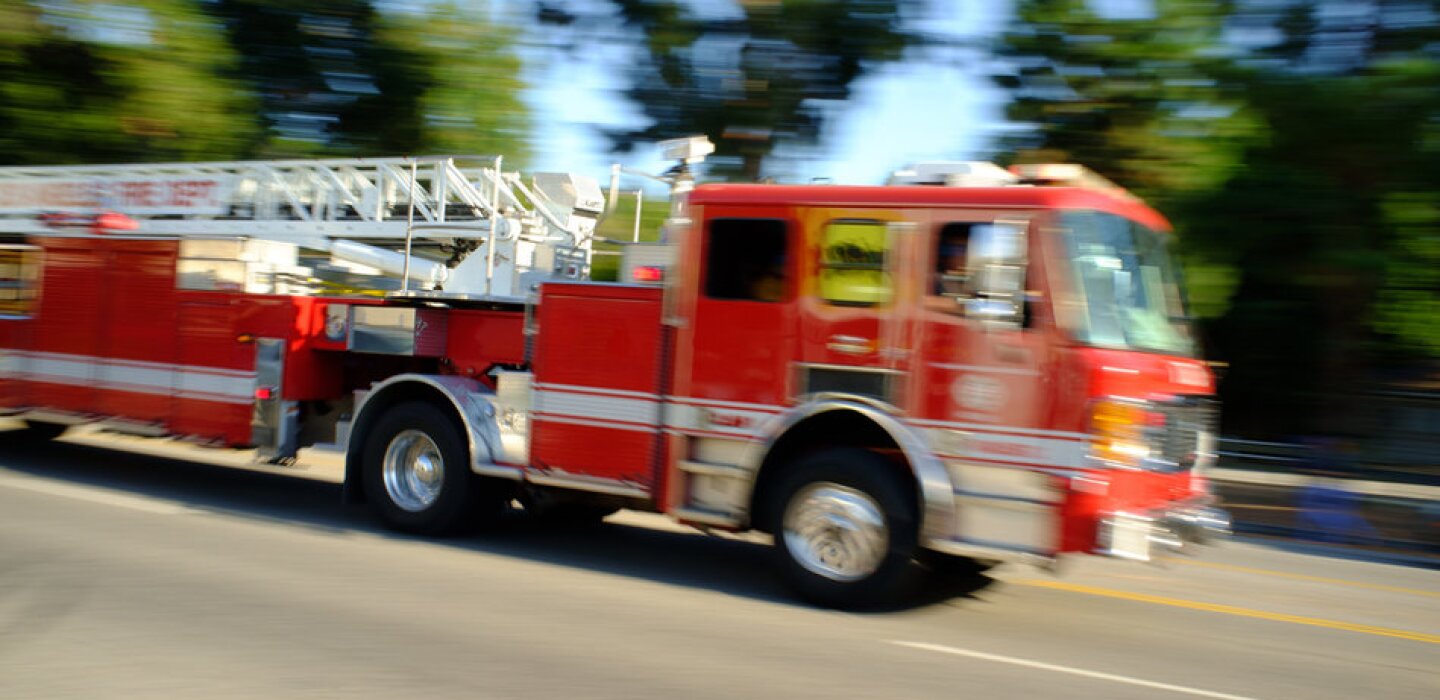
New App Can Be a Public Safety Guide During an Emergency
As a firefighter, Andrew Leith used to teach the Community Emergency Response Teams (CERT) how to prepare for disasters. That morphed into teaching classes for the everyday citizen on being prepared — and that meant delivering the eye-opening news to most of them.
He said he would ask the classes, “Who do you think is coming to help if your house is on fire during an earthquake?” The answer? Nobody. In that scenario, it could prove critical that the resident understand how to turn off the gas. And guess what? Most people don’t know how. So, he developed an app to show them.
The Dwell Secure app is available for free now to anyone with an Android or Apple device.
The app allows the user to enter information on a home or building, upload photos or videos of where things are located, like the gas meter, water meter and electrical panel, and can include sample images on how to turn off utilities.
Upgrades are available for a small cost, which allows the user to include multiple residents or buildings, as well as reminders on when things need to happen.
For instance, Leith includes reminders on his phone about when his wife’s grandmother’s utilities need to be addressed. The reminders pop up on his phone as well as his wife’s and grandmother’s. “I know if I don’t go and address the furnace filter, my wife will bug me about it at dinner,” he said.
When people have a broken gas meter, they usually just call 911, and the fire department responds and turns off the gas.
But that’s not always possible. Where Leith works, at Shoreline Fire Department in Washington, with fewer than 20 fire personnel to serve about 55,000 people, they can’t stop at individual houses during an earthquake. The department has to be out surveying bridges, roads and other infrastructure.
The Dwell Secure app has been available for about two months now, and about 700 people have downloaded it. A few have paid the small fee to upgrade, but Leith recommends waiting until early next year to upgrade when he improves the app.
With the updated version next year, users will be able to include “everything in your house,” Leith said. “Your appliances, your furnace, your water filters, and you can take photos of all of those and make notes.”
So users get the app and create an account. They may have to call a home inspector, friend or someone else to come over and find all the utilities for them initially. They can then take photos or videos showing how to turn the utility off ahead of time before it’s too late.
Leith has instructions on his wife’s phone about how to operate the generator in case she has to if he’s not home. He also has a well on his property, and if there is a problem, his wife can open the app, open “water” and it will show her where the valve is, how to shut it off and who to call for more help.
All the info is stored on the phone and in the cloud so if a user loses their phone they can still easily repopulate the app on a new one.
And Leith said there doesn’t necessarily have to be a disaster in the offing for the app to be useful. “Like in Texas a few years ago, whenever they froze and thawed, there was water leaking all over the place,” he said. “And people didn’t know how to shut off their water. That’s why marking locations would be really nice.”


Average Rating